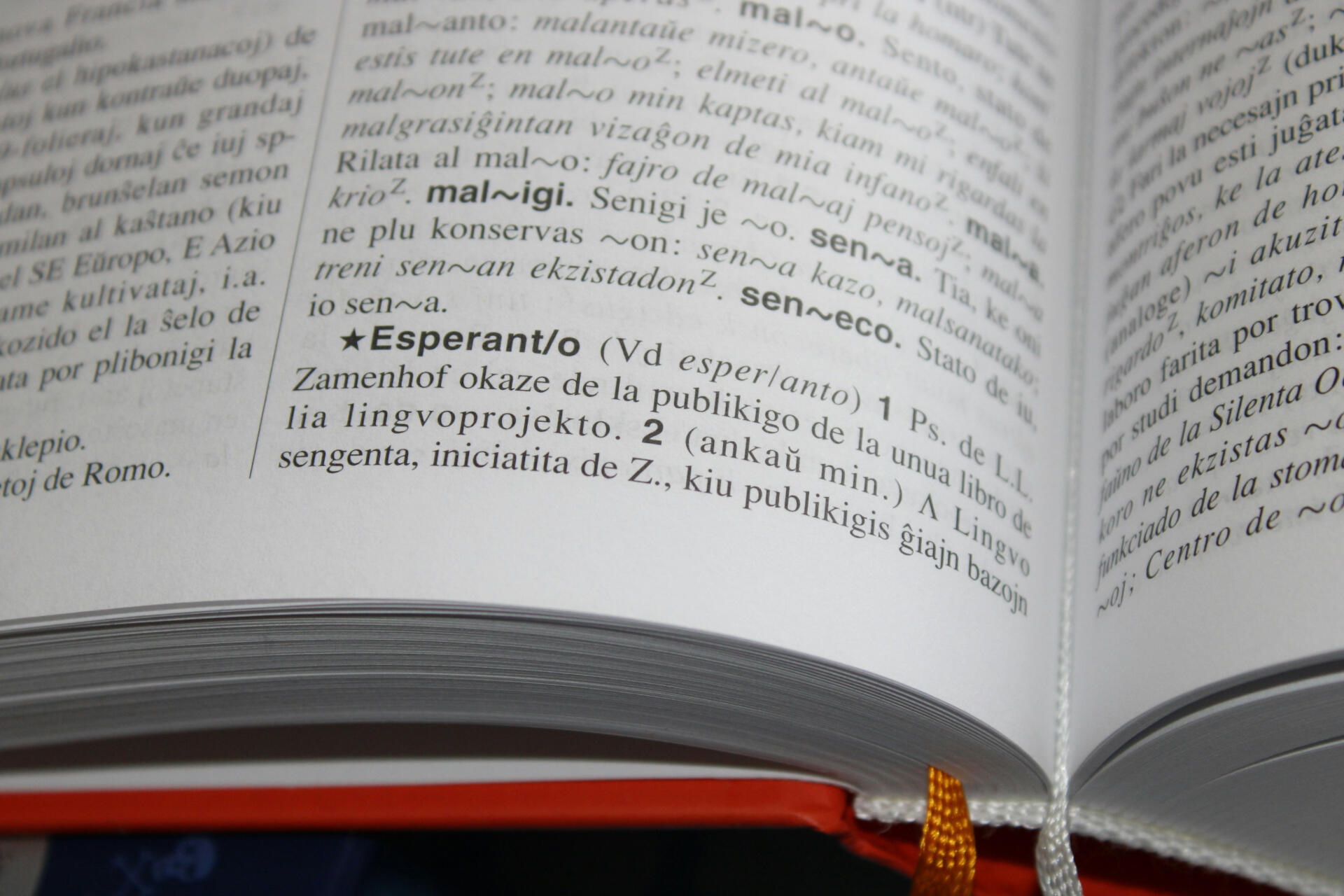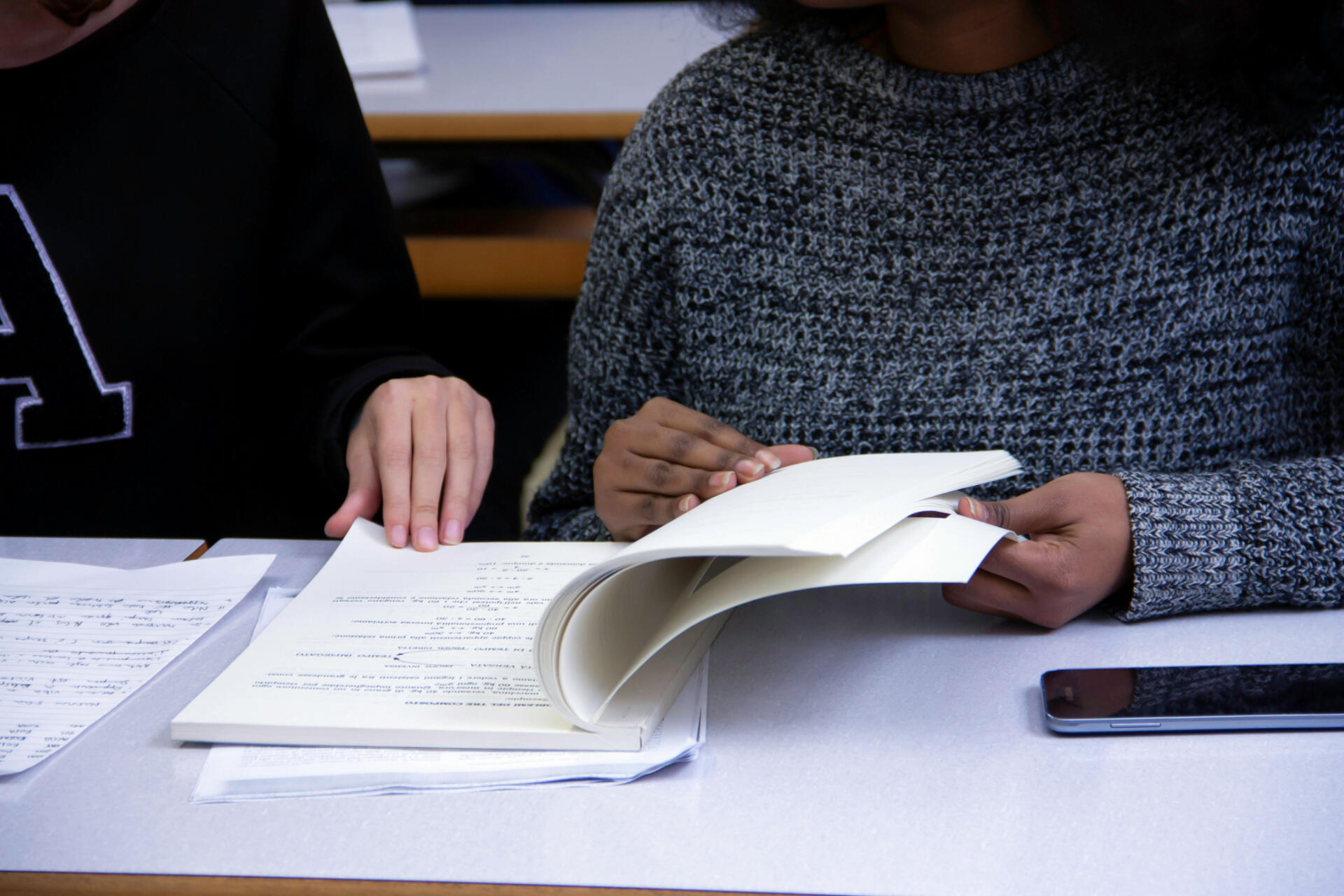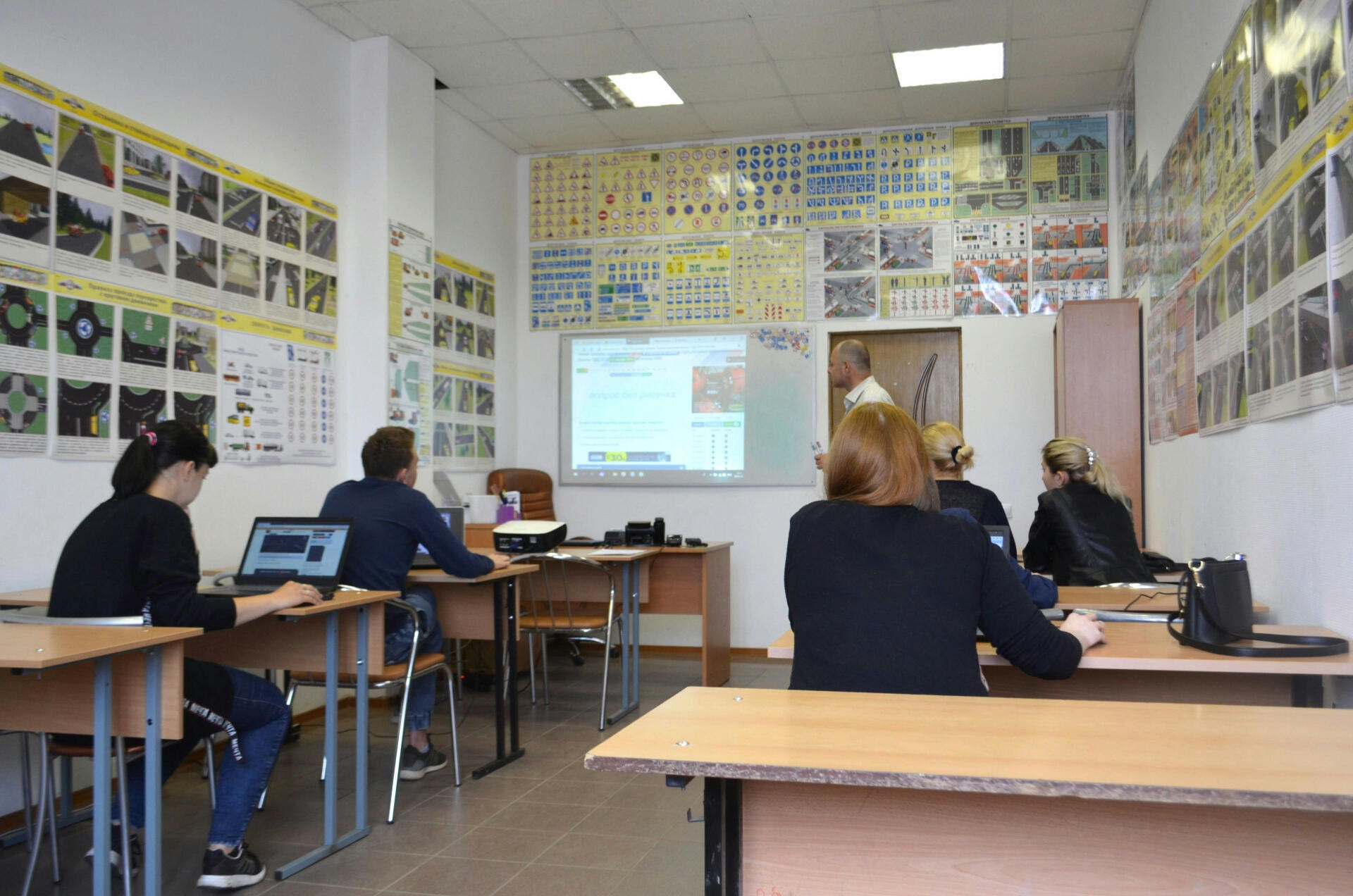If the English language made any sense, lackadaisical would have something to do with a shortage of flowers
Doug Larson
Getting ready for your English exams can feel incredibly overwhelming- but with the right approach, there's no reason for you not to ace your exam.
The GCSE English Language subject is an excellent option for adolescents wishing to improve their language arts skills or wanting to pursue a career by examining the different aspects of the English language.
In the article below, we'll take a look at what the course involves, how to prepare effectively, and how the right support can help you approach your upcoming exam day with increased confidence.
Check out the English tuition in the United Kingdom here
English is the de facto language in countries like the UK, the US, Australia, and New Zealand. However, it's widely spoken as the second or third language in countless other countries around the world

Analysing Fiction Texts
The topic of examining fiction texts has seven sections that are further discussed in the GCSE English Language subject. Let's examine them below.

Fiction Text Types:
Students learn to identify various types of fiction: including prose, poetry, and drama. Each has their own sub-genres such as science fiction, historical fiction, and romance.
Setting:
Make sure you consider the setting - basically, the time and place where the story unfolds. This could be the past, present, or future, or even a specific location, time of day, or historical event.


Theme:
The theme is the central idea running through a story (love, power, friendship, etc). You can almost always pinpoint the theme by noticing certain patterns or ideas that come up again and again.
Characterisation/ Narrative Voice:
Characterisation is how writers create believable characters through things like actions, dialogue, and relationships. Narrative voice is the point of view the story is told from (like first or third person).


Language and Structure:
The language used in distinct texts refer to the words and phrases. While, on the other hand, the structure is the order of ideas in a piece of writing.
Annotating Texts:
Annotating text is adding notes or comments to any text you're reading. Generally, you should focus on specific points instead of over-annotating the text (use simple symbols or abbreviations to make your life easier).


Responding to a Fiction Text:
Readers are expected to focus on a particular area of the text when responding to a fiction text. Exam questions may include characters, narrative voice, themes and ideas, language or structure.
Find an English tutor London on Superprof.
Analysing Non-Fiction Texts
Non-fiction texts tell the truth in a variety of ways. They are the opposite of fiction and can be found in the following examples:
Biography
Writing that is based on someone's life. If the person related to the story writes their own account, it becomes an autobiography instead.
Letter
Intended for many audiences and has various purposes, such as to keep in touch with friends and family, express disappointment or provide information.
Blogs
Entirely personal, language is creative, and tone can either be formal or informal. Blogs express the opinions of the author and respond to current events.
Naturally, to record your analysis, you will need to know how to write an academic essay
How the English Language Exam is Structured
The GCSE English Language exam is split into two papers, each of which are designed to test different skills. Let's find out more about this below.

How Do You Properly Analyse Non-Fiction?
When analysing a non-fiction text, readers should remember the following acronym:
- T = Text Type: an author may write a text type with the purpose of entertaining, persuading, advising, analysing, arguing, describing or explaining.
- A = Audience: Skilled writers constantly adapt their language, style, and layout to suit their audience.
- P = Purpose: identifying a text's overall purpose involves looking at its content, tone, structure and language. Additionally, comparing works from different periods can sharpen a student's ability to summarise and synthesise.
Literary devices such as simile, metaphor, personification and hyperbole are commonly used in non-fiction texts even by the least experienced writers.
After studying non-fiction analysis, pupils will put their skills into practice by crafting a written response. In order to succeed, they'll need to read extracts carefully, annotate key features, interpret questions accurately, and structure their arguments clearly.
Check for the best English tutors Birmingham here.
Understanding Paper 1 and Paper 2
What are the main differences between the GCSE English Language papers?

Paper 1: Explorations in Creative Reading and Writing
Paper 2: Writer's Viewpoints and Perspectives
Comparing Texts
Part of the GCSE English Language requires students to analyze texts. English literature can be compared using the following three methods:
🧠Comparing by Purpose and Form:
When comparing texts, students should consider both purpose and form. Form refers to the style of writing (article, blog, letter, diary), while the purpose of the writer depends on what he wishes to achieve.
✏️ Differences Between Writer's Methods
Writers also use tone, language, and structure to achieve their goals. While studying the English Language GCSE subject you'll need to compare two texts and identify the differences between them.
📚 Comparing Literary Non-Fiction with Non-Fiction
Non-fiction and literary non-fiction texts are quite similar and are often compared to one another. Students will need to carefully review the texts to focus on the writer's viewpoint, perspective, attitude and ideas.
When comparing texts, it can really help to use graphic organizers like spider diagrams, tables, or Venn diagrams. Don't just stick with the first one you find - try a few and see which one makes it easiest to organize your thoughts!
Check out a good English tutor Glasgow here.
Writing Fiction and Non-Fiction

While the love of writing does not come naturally to every person, effective instruction and thoughtful practice can turn anyone into a capable and skilled writer. During the GCSE English Language course, you'll focus on learning to write a work of fiction or non-fiction.
Before putting pen to paper, students must come to grips with three core aspects if they want their piece to flow well and have meaning:
- Audience
- Purpose
- Form
Once these are decided, choices about language, tone, and structure become all the more clearer, helping young writers shape the numerous ideas floating around in their head into something tangible.
Fiction

Writing fiction allows the imagination of pupils to run free and create some beautiful stories.
Crafting a Strong Story Arc
To give their stories proper shape and a sense of momentum, students are often taught to follow the five-stage story arc:
- Exposition: Introduces the setting, characters, and central conflict of the story
- Rising Action: Builds up suspense through complications and challenges
- Climax: The turning point of the story, usually the most intense part
- Falling Action: Things start to shift or settle after the hight point
- Resolution: The story draws to a close, generally with most questions answered (unless it's leading to a sequel)
If you want to keep your readers hooked, you'll need to figure out how to pace your story correctly. As a rule of thumb, you should start a new paragraph whenever the time, topic, or speak changes.
Non-Fiction

As a simple rule to remember, non-fiction writing deals with facts and real world events. During their GCSE English language course, students will be taught how to craft things like speeches, letters, and articles, each with its own unique structure and style:
- Speeches should grab the listener's attention as early as possible, present a well thought out argument, and finish with a memorable ending.
- Formal letters need to open with a clear purpose, build key points in a logical order, and end by reinforcing the main message.
- Articles should be approximately 800-2000 words in length and offer a balanced view of a subject - and have a clear beginning, middle, and end.
How to Plan Your Non-fiction Text
Before writing a non-fiction text, it is vital to decide upon a planning method to organise thoughts and to include critical details. There have been many planning methods developed for all learning styles such as mind maps, bullet points, flow charts and tables.
When writing a well-organised literary work, paragraphs should logically follow each other and include linking words such as besides, furthermore, likewise, on the other hand, in summary, and overall.
Nonfiction means telling the truth as best we can - but we all know that memory is a tricky thing
Tracy Kidder
Spoken Language

The spoken language part of the GCSE language course revolves around helping students build better communication skills - aiding them with presentations, discussions, and real world conversations with their peers.

Did you know that effective communication isn't just saying the right things? Eye contact, posture, and gestures are all important factors influencing how a message is received.
Similarly, your voice is super important too - for instance, adjusting things like your tone, pitch, and volume can massively increase your chance of connecting with an audience.
As part of their GCSE assessment, students will need to research a topic of their choosing and deliver a short presentation to their teacher and classmates.

Want to succeed? Focus on organizing your ideas clearly, speak with confidence, and use appropriate body language.
























